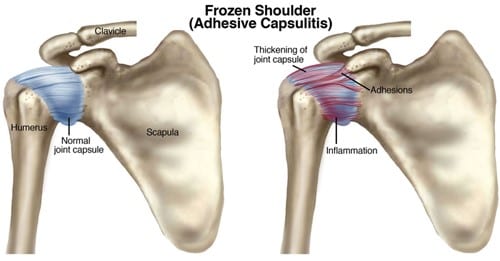The shoulder joint is known as the Gleno-humeral joint, where the shoulder blade and humerus (upper arm bone) attach. There is significant connective tissue and several ligaments holding these bones together.
A ‘frozen shoulder’ typically refers to inflammation, scarring and tightening of the connective tissue surrounding the shoulder joint. Subsequently, this may result in shoulder pain and loss of shoulder movement.

A frozen shoulder can typically be divided into 3 phases:
Phase 1: Pain = the shoulder becomes painful with most arm movements; you may also suffer from significant pain at night. During this phase the shoulder may also begin to stiffen.
Phase 2: Freezing = characterized by significant stiffness and loss of movement. This coincides with scarring of the shoulder joint connective tissues. Patients may find it difficult to elevate the arm or place their hand behind their back. Pain typically decreases during this phase.
Phase 3: Thawing = This is the final phase, the shoulder begins to ‘loosen’ up and movement to the shoulder is gradually restored.
How can physiotherapy help?

